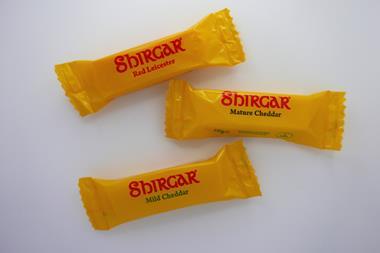Lunchbox - Morning rush

As well as considering health issues, retailers need to be looking at those products which provide parents with convenience. Rosie Tapp of Bel UK says that busy parents mean busy convenience stores in the run up to the start of school.
ALREADY HAVE A REGISTERED USER ACCOUNT? PLEASE LOG IN HERE
To read the full story join the ConvenienceStore.co.uk community today!
Registration is quick and easy and provides access to:
- Unlimited ConvenienceStore.co.uk articles
- Our great range of newsletters
- Content you’ve saved for later via the ‘my library’ feature
And much more…

























